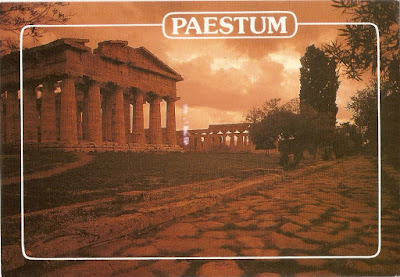Before the Roman annexation of Numidia, the town of Thugga, built on an elevated site overlooking a fertile plain, was the capital of an important Libyco-Punic state. It flourished under Roman and Byzantine rule, but declined in the Islamic period. The impressive ruins that are visible today give some idea of the resources of a small Roman town on the fringes of the empire.
The archaeological site covers an area of approximately 75 ha. These ruins of a complete city with all its components are a testimony to more than 17 centuries of history.
The archaeological site covers an area of approximately 75 ha. These ruins of a complete city with all its components are a testimony to more than 17 centuries of history.
















